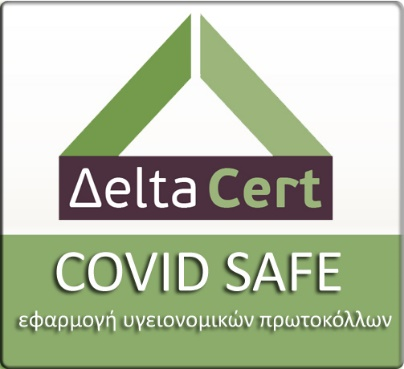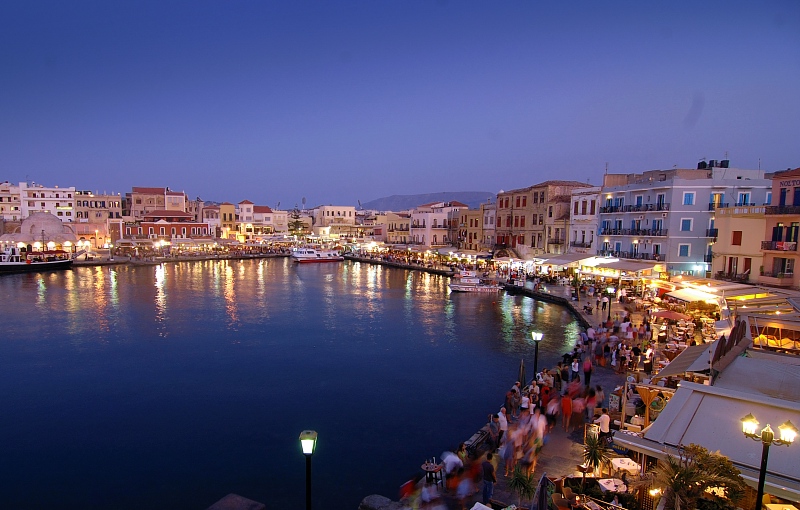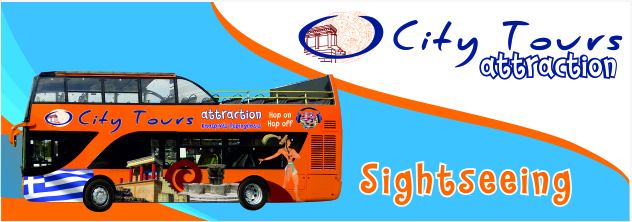Chania is one of the oldest cities in Greece. Where the current city of Chania now stands once lay the ancient city of Kydonia, which was one of the biggest towns during Minoan Crete. According to legend the town was built by Kydon grandson of Minoa. Accounts of the city were made throughout this period (geometrical progression, Archaic). Remarkable was her resistance against the Romans, but unfortunately the supreme Cointus Caicilus Metallus 69 BC had the powers to occupy the city. Kydonia was to continue flourishing throughout the Roman and Byzantine period and became the seat of the bishop; it was finally destroyed when raided by the Arabs around 824 AD.
The Byzantines undertook the restoration of the city in order for Bonifatio Momferatico to surrender it to the Venetians, after the Latino’s conquered Constantinopolis.The local population was to look upon the Venetians with mistrust, and revolts were to become frequent especially in the mountainous region of Sfakia. Chania was to become a commercial centre in the 16th century. Although the town was well fortified it was still one of the first cities in Crete to come under attack by the Turks. In 1645 the town fell into the hands of the Turks and became the seat of Pasa one of the most important cities on Crete under Turkish rule. In 1851 it officially became the capital of Crete and after the revolution in 1897 the capital of Cretan state. Finally on 1st December 1913 the dream of all Cretans became a reality the exemption of Chania and the rest of Crete from foreign forces, the whole of Crete becomes part of Greece.
The town is again to suffer major damage from the bombings during the Second World War. After the Second World War Chania flourishes once again even though the capital of the island is now Heraklion. Here was founded the technical university of Crete which made it an important economic, academic and research centre.
Today apart from being a popular tourist attraction, it’s a town with intense character and rich socially and intellectually and is quick to captivate her visitors the town of Chania is made up of the old and the new towns which blend together harmoniously.The old town consists of the magnificent Venetian wall from the 15 century and constitutes a characteristic sample of the Venetian architecture. Old Venetian buildings beautifully renovated will take you on a journey back in time. Narrow streets lead through Venetian and Turkish buildings evidence of the towns turbulent past. The harbour with its long jetty and lighthouse is a reminder of when the city was once a busy commercial city. The harbour can no longer cope with today’s demands so Souda Harbour has taken over.
Places worth going to see.
The Venetian harbour, one of the city’s famous landmarks, Santrivani square and especially nice to visit during the summer is the old town with the combination of Venetian and Turkish buildings. The naval museum which stands on the Venetian Firka fortress. The mosque of Yenitsaron which is the oldest mosque in Crete. In the square of St. Ekaterina you can see the excavations which brought to light the Minoan way of life. The Spatzia district, old Turkish neighbourhood, the picturesque Spinlof street and the archaeological museum on Chalidon street. The municipal market which is one of the most impressive covered markets of the Balkans. Finally the new town of Chania you can visit the municipal gardens work of Reouf Pasa and the neighbourhood of Chalepas.







